Wood Shake Versus Shingles: Their Pros and Cons
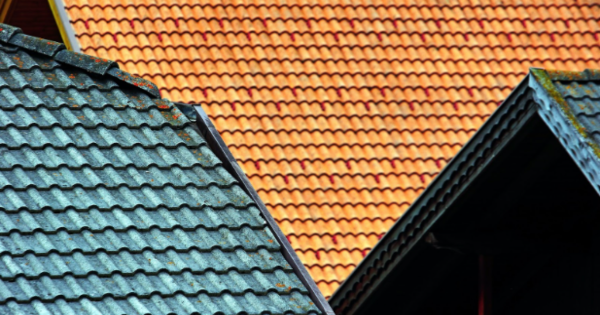
Both materials offer a variety of benefits, so which one is best for your home?
As we start 2023, there is no shortage of innovative roofing materials on the market. However, two of the most commonly used products remain wood shakes and asphalt shingles, both of which have been around for decades. The hand-crafted character of wood shakes gives the home a unique aesthetic unmatched by most roofing materials, while asphalt shingles provide a classy, professional finish that works well on nearly any type of home. Therefore, as many roofing professionals would agree, there really isn’t a right or wrong when choosing between either of these long-established roofing products.
“Both are powerful and easily accessible, and they have both been used continuously for decades with great success. Selecting the option that best fits the region's harsh weather conditions might sometimes come down to personal preference.” - Jeff Guthrie, Phoenix Roofing & Repair
To help you navigate through your decision process, keep reading for a complete breakdown on the wood shake roof versus shingle debate!
Pros of a wood shake roof
Timeless beauty is at the top of the list of wood shake advantages. The natural, earthy appearance of a wood roof works seamlessly with Cape Cod, tudor and cottage style houses in ways that other products simply cannot match.
In addition, wood shakes are nearly twice as insulative as asphalt shingles, making them the better choice for homes that are looking to curb energy consumption. Other benefits of wood shake roofing include:
- Provides good airflow to the roof, making the attic less stuffy
- Resistant to impact and wind damage
- When properly installed, can last over 30 years
Due to the combination of attractive curb appeal and solid energy efficiency features, a wood shake roof can add solid value to a home on the resale market.
Cons of a wood shake roof
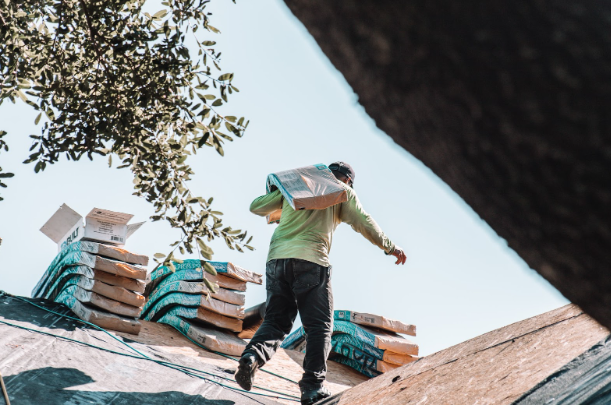
Despite the numerous advantages of a wood shake roof, there are some drawbacks you need to consider before moving ahead with a wood roof.
The most concerning is that without extensive treatment, a wood roof will carry a Class C fire rating. This is the lowest rating in the roofing industry and indicates a roof that will ignite in less than 20 minutes when introduced to flames. As a result, wood shakes roofs must be deployed very carefully in areas at risk of wildfires.
Due to this fire concern, it shouldn’t be surprising that the ongoing maintenance and upkeep costs of a wood shake roof are higher than for other roofing types. In addition to fire retardants, as the shakes dry out in the face of extended sun exposure, treatments are also necessary to keep the shakes from absorbing moisture and rotting.
Other factors to keep in mind with a wood shake roof are that the initial cost will be higher than for asphalt shingles and that installation is a bit too difficult for DIY home improvement enthusiasts, possibly requiring you to enlist a professional tradesperson to complete the project.
Pros of a shingle roof
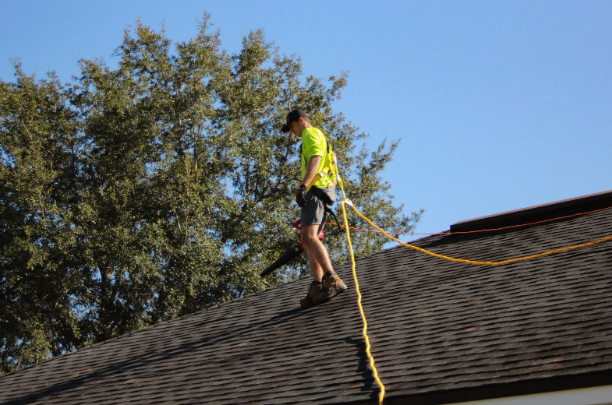
Arguably the most common material for roofing projects around the country is asphalt shingles. Fabricated from a fiberglass mat coated with an asphalt-based filler material, asphalt shingles provide a Class A fire rating to the home — the highest rating in the industry.
In addition, the consistent, finished look of each shingle makes them a strong option for creating an attractive but understated roof. Other benefits of choosing asphalt shingles include:
- Can be manufactured in various colors to help achieve specific aesthetics
- One of the most economical roofing materials on the market
- Easy to work with for all tradespeople and most DIY enthusiasts
- Provide solid all-around weather protection and insulation when new
All in all, asphalt shingles are a great choice for those homeowners who want a modest, reasonably priced roof for their home.
Cons of a shingle roof
As you probably gathered from the previous section, the main drawback to asphalt shingles is that they are, well, basic. They aren’t really going to stand out in any area. While the Class A fire rating is nice, there are other more durable materials on the market that will have the same rating while offering superior lifespan and weather protection.
Furthermore, while an asphalt roof is attractive when new, it will usually fade pretty quickly in the face of UV exposure and can accumulate blisters and other types of impact damage. Due to these factors, an asphalt roof is not typically seen as a value-adding roofing material, especially when compared to wood shakes.
Wood shakes versus shingles: Which is right for you?
Choosing between the natural character of a hand-crafted wood shake roof and the modest, finished look of an asphalt roof can be a tough proposition. If your area is prone to fires, the Class A fire rating of asphalt should be considered, while the naturally insulative properties of wood should be factored in for homes with extreme temperatures. Whatever your primary considerations may be, either one of these timeless roofing materials is likely to be near the top of your list for a future roofing project!
Have a question? AskARoofer.
Find your local roofing contractor in the RoofersCoffeeShop® Contractor Directory.





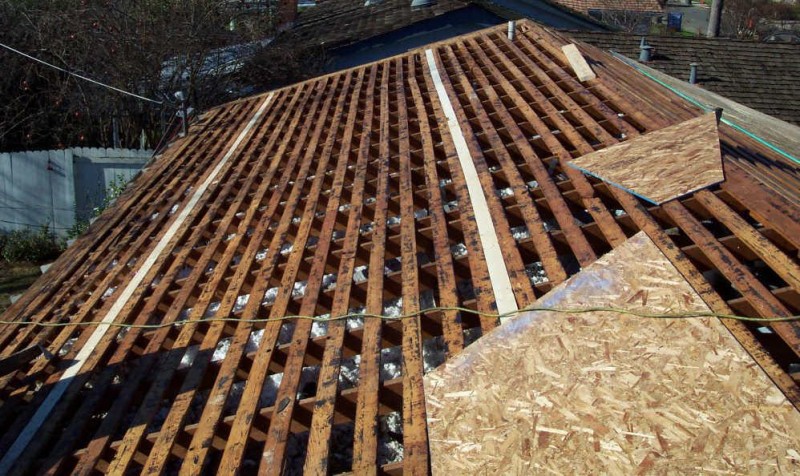






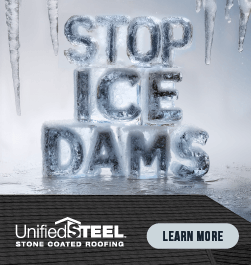
Comments
Leave a Reply
Have an account? Login to leave a comment!
Sign In